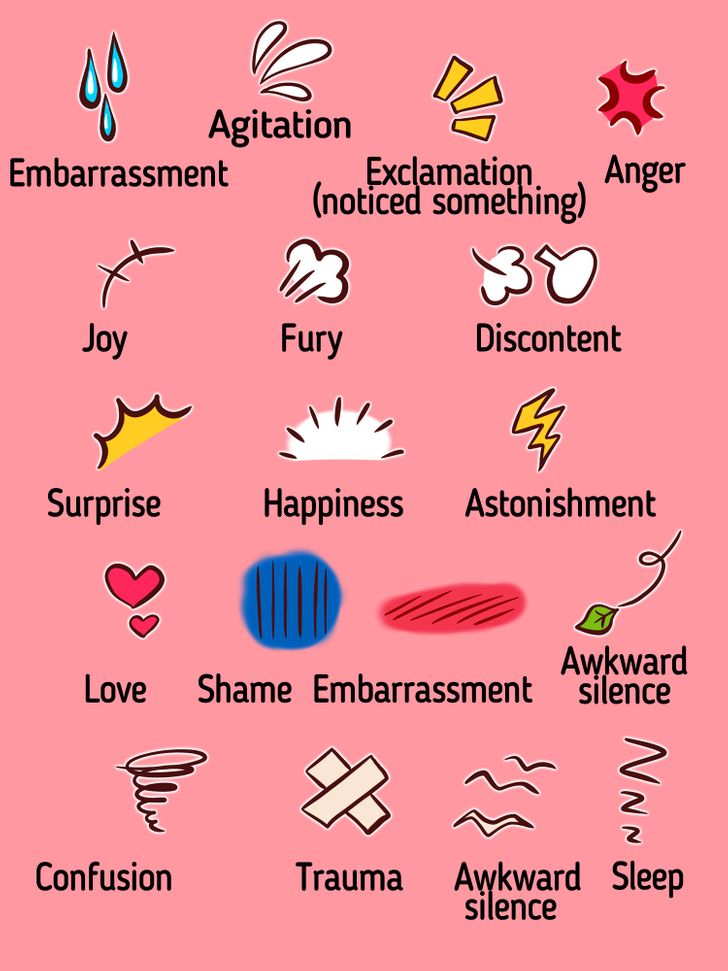How to Read Manga
Reading Japanese manga is not as easy as it might seem at first. But it’s also not that difficult. To understand manga, you just need to memorize the way you are supposed to read these comics and learn how to interpret the characters’ emotions.
After reading these instructions from 5-Minute Crafts, reading these comics won’t be difficult at all.
How to choose manga to your liking
There are many genres of manga: comedy, mystery, romance, drama, fantasy, and science fiction. So, you first have to choose what you’d like to read when getting acquainted with manga.
Apart from the genres, there are types of manga. Each of them has its own features and targets a certain group of readers.
- Shonen are comics for young boys under the age of 15, and are focused on action, adventure, and fighting.
- Seinen are comics for young men between the ages of 15 and 24. Seinen tends to be done in a more violent and/or psychological nature than the shonen series—though, of course, there are seinen comedies as well.
-
Shojo are the female counterparts to shonen, and are aimed at girls between the ages of 10 and 18. They tend to focus on romance and interpersonal relationships—though this doesn’t mean they are necessarily devoid of action or adventure.
-
Josei are aimed at adult women. In general, these works tend to contain more realistic interpersonal relationships (as opposed to shojo’s often idealized ones).
-
Kodomomuke are targeted toward children. Kodomomuke comics tend to be simple, imaginative stories that teach morals and other core values to young readers.
By the way, many comics are part of a series. For a better understanding of the plot and characters, it’s recommended to start with the first part of the series.
How to read manga correctly
1. Put a manga book down with its spine on the right and the pages on the left.
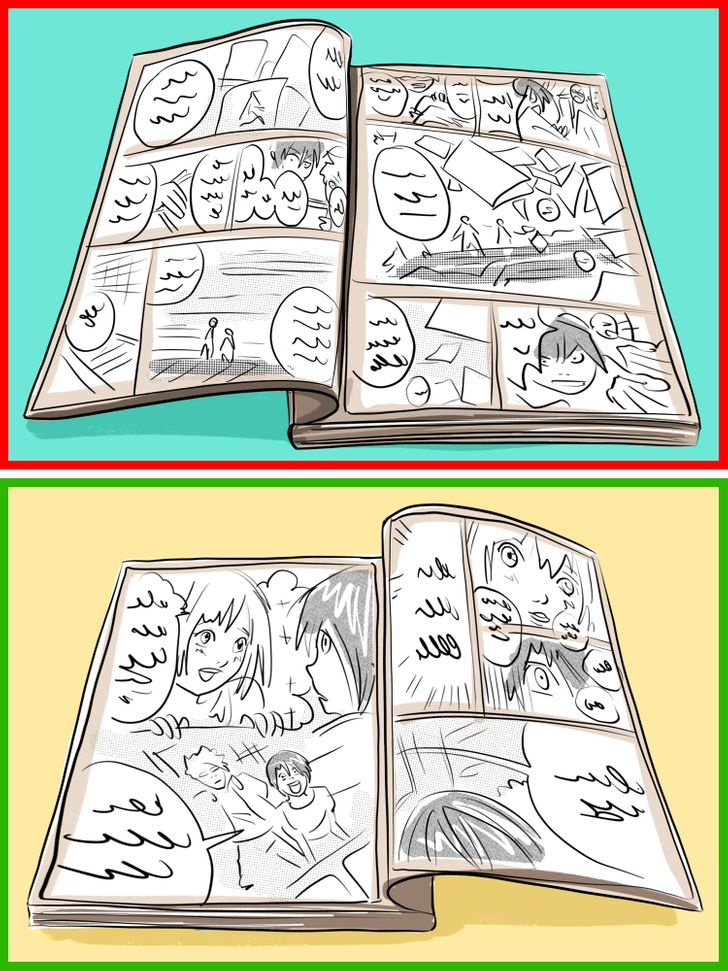
2. Manga is read in a pretty unusual way: top to bottom, and right to left. On each page, the reading of the blocks should start in the upper right corner and move to the left. When the upper blocks are read, you should go back to the right and move along the next line.
If all panels of the comic are vertical, they can simply be read from right to left. If the blocks are of different sizes and are rather chaotic, stick to the rule “top to bottom and right to left” to read the manga in the correct order.
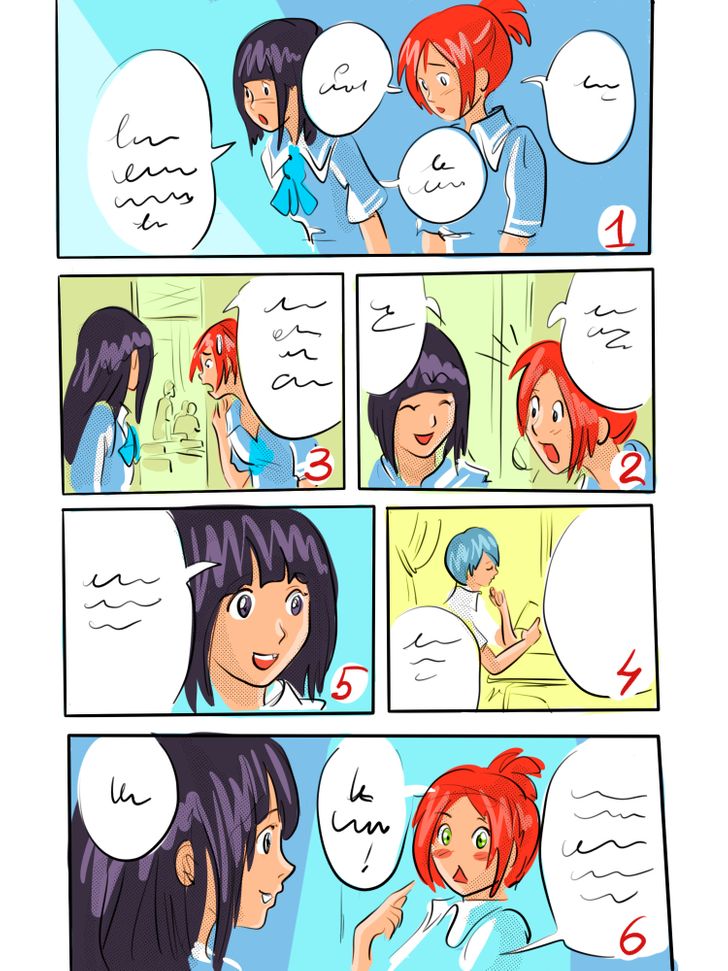
3. If a panel has a few word bubbles, read them in the same way — top to bottom and right to left. First read those that are higher than the others, then those that are more to the right, and eventually the word bubbles that are more to the left and lower.
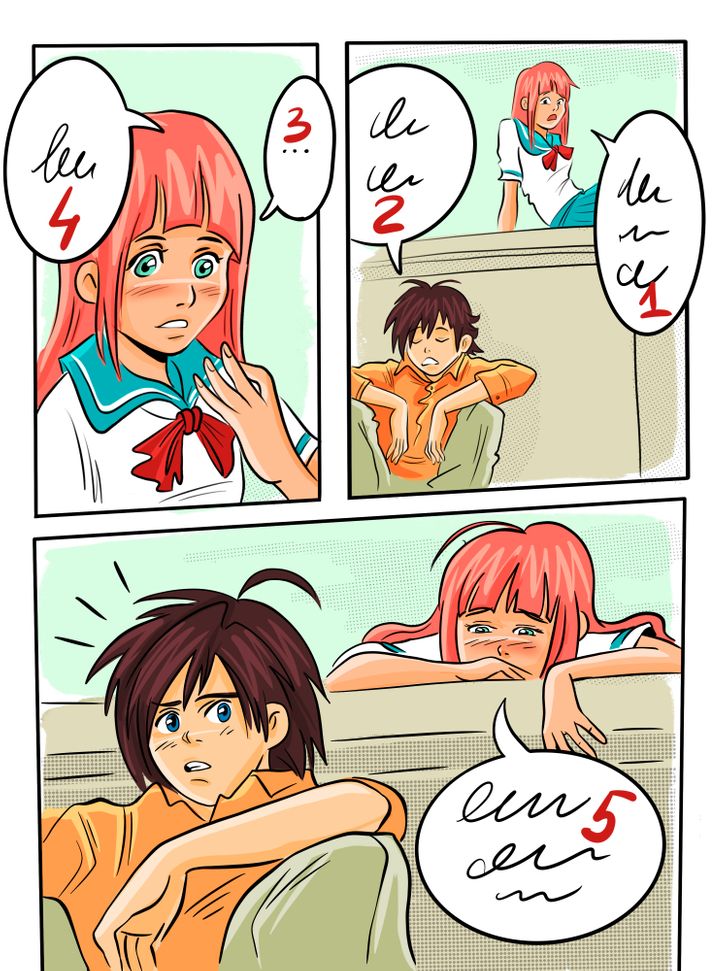
4. Pay attention to the gutters between the blocks. If they are black, then the shown action takes place in the past. If they are white, it happens in the present. If the gutters between the blocks slowly change color from black to white (going through the “black to gray to white” stages), the manga shows a slow transition from the past to the present.
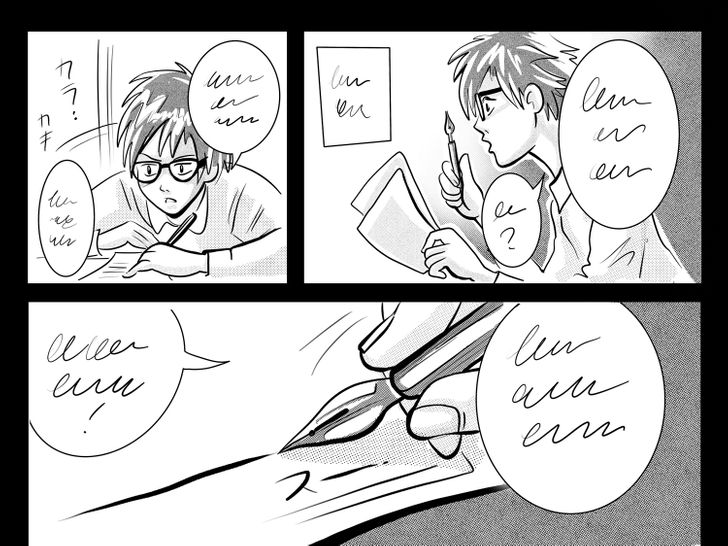
How to distinguish characters’ emotions and facial gestures
-
To get a better understanding of what is happening with a character at the moment, pay attention to their eyes first. They can resemble 2 arcs if a hero is smiling, or spirals if they are confused or excited. Eyes like stars imply that a character is looking at something amazingly beautiful, and eyes in the shape of semicircles show aggression. If a character is shown with cat’s eyes, it means that they are curious or naughty, or plotting some mischief in their head. If a hero’s eyes seem empty, they are shocked or traumatized by what is happening. Eyes in the shape of checkmarks indicate that a person has squeezed their eyes shut, this can happen for various reasons: both from happiness and pleasure or from sadness and grief.
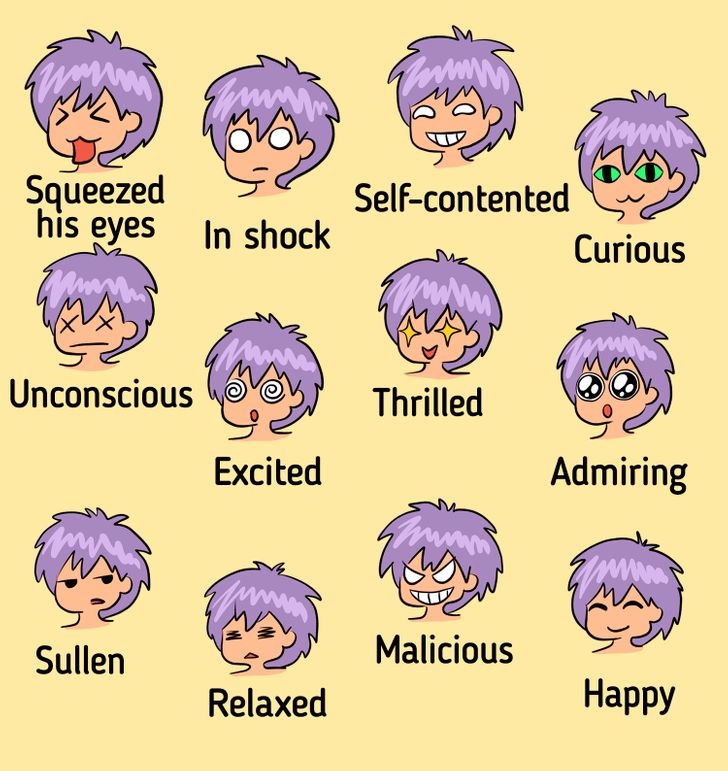
-
Apart from the expression of the eyes, pay attention to the shape of a character’s mouth. It can help to specify an emotion or emphasize it.
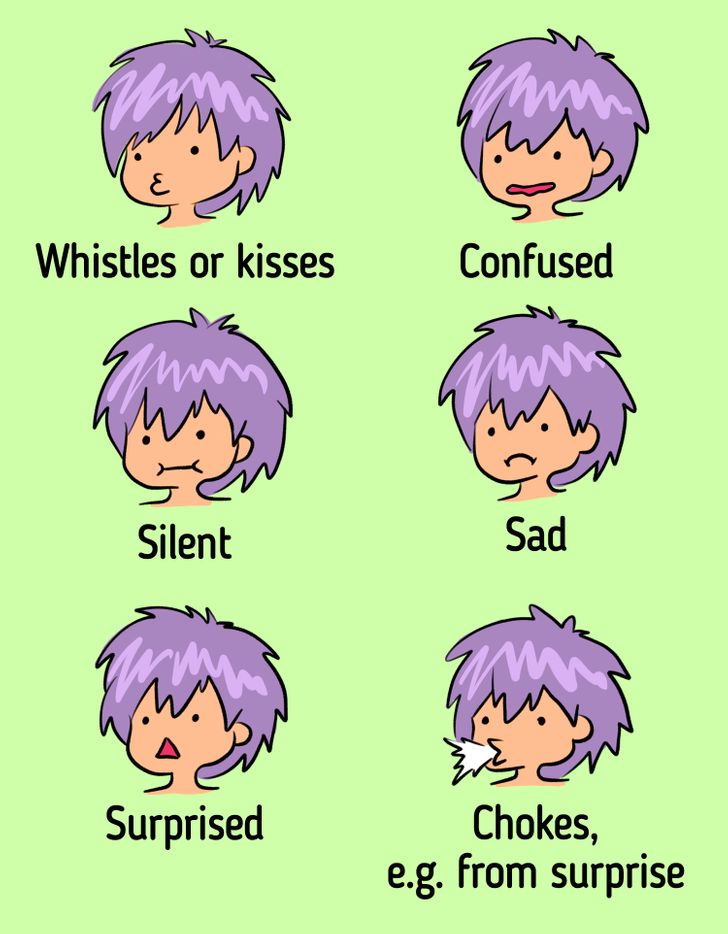
-
The emotional state of a manga character is often shown with the help of special details. For example, a vein popping out on a hero’s head shows their intense tension and irritation. The more of these marks there are in the picture, the more furious a character is.
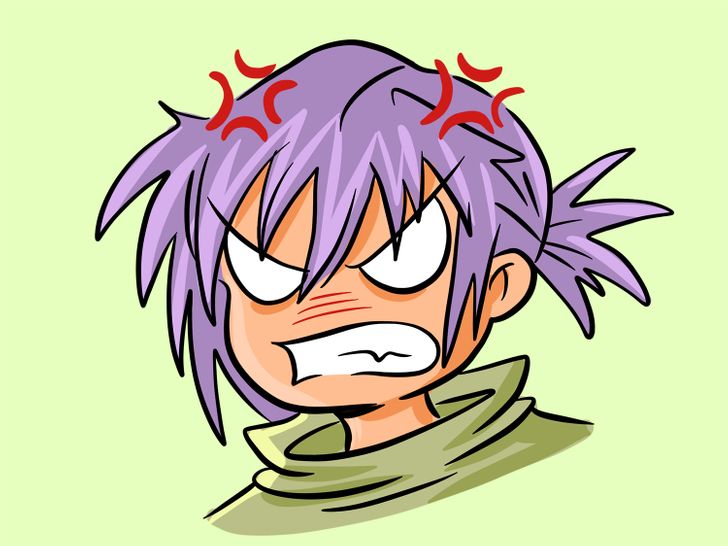
-
A bead of sweat dripping from a character’s forehead usually indicates confusion and embarrassment. By the number and size of the drops, you can understand how intense the emotion is.
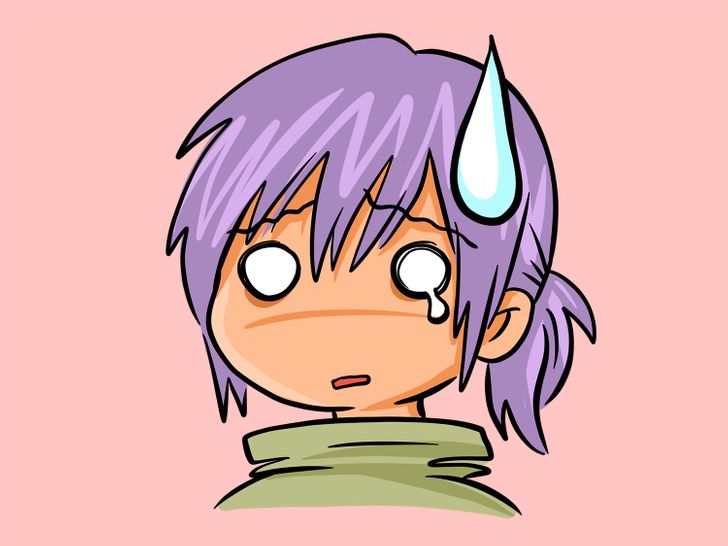
-
A character’s embarrassment in manga is shown with blush. And its color additionally indicates the nature of the emotion. Small red stripes on the cheeks indicate slight embarrassment, thick red stripes indicate a deeper feeling. Typically, red and pink shades of blush indicate romantic embarrassment, while a blue blush indicates embarrassment mixed with anger. A character with a blue blush may also have beads of sweat or swollen veins on their face, as an indication that the person is literally frozen with embarrassment.
In black and white manga, blush can be shown with small slanting lines at the level of the cheeks.
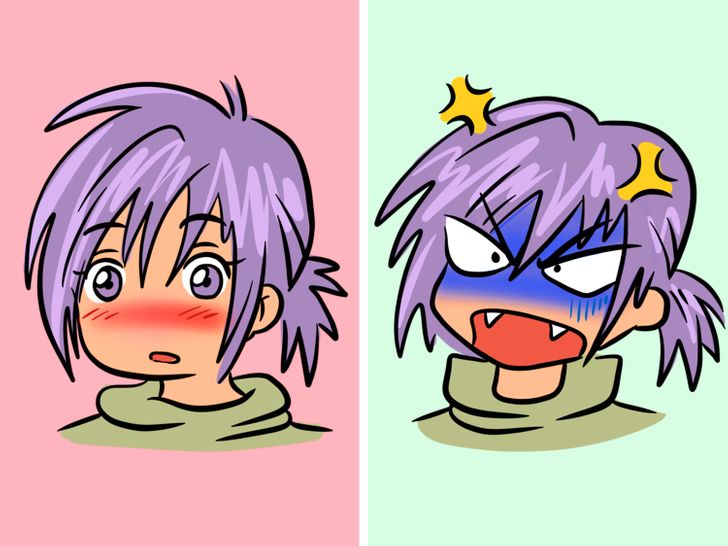
-
If a character feels extreme shame, their upper face can be obscured by shadows. If the manga is black and white, this effect of “loss of face” is shown by vertical lines on the upper face.
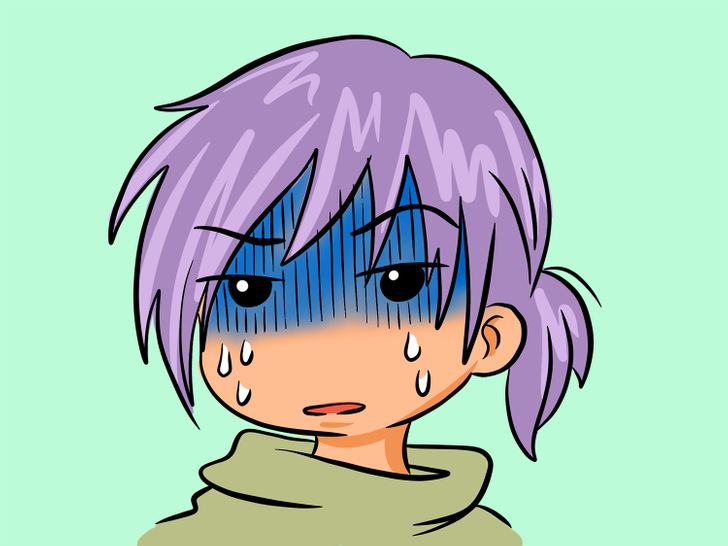
-
When manga characters are in pain, they may not only cry with simple tears but entire waterfalls. In some cases, tear trails are shown as wavy lines flowing from the eyes down.
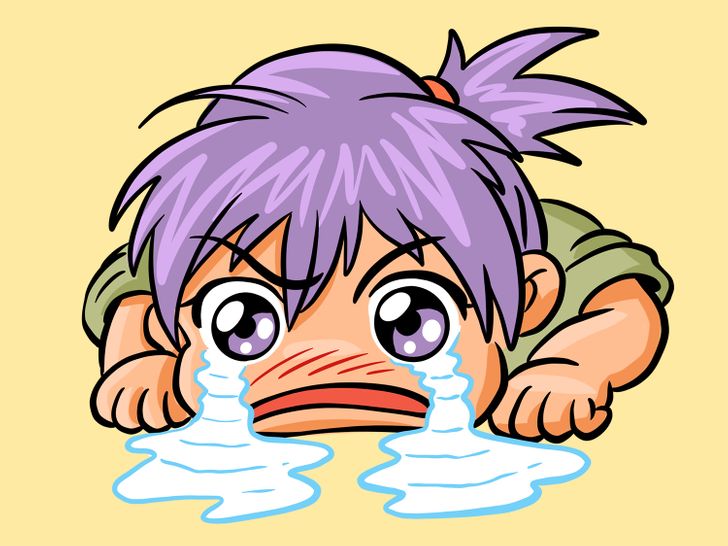
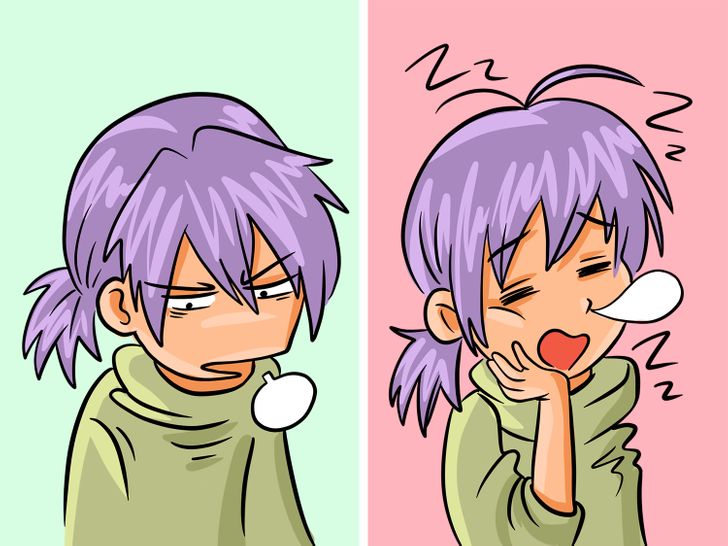
-
In some cases, a character’s emotions can be shown with small details around their head.
For example, dripping sweat or splashes indicate an awkward situation in which the character finds themselves sweating from discomfort, panic, or intense fear. Clouds of steam overhead indicate that the hero is furious. A flash that looks like part of an explosion means sudden revelation, surprise, and shock. A lightning icon symbolizes astonishment, a half-sun or a semicircle with a few strokes means joy (as if the character is shining with happiness), a flying leaf or bird means an awkward silence (as if it becomes so quiet that you can hear the wind or birds).
